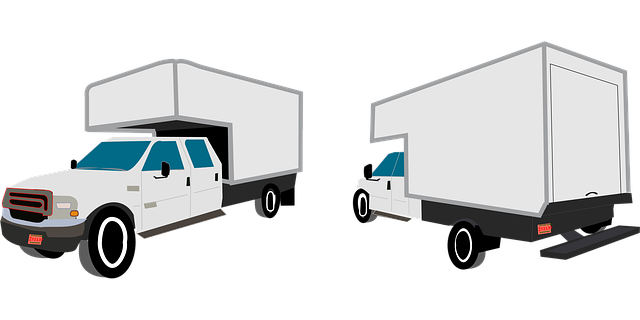Looking to register your car in California? This comprehensive guide breaks down the process step-by-step. From understanding key requirements for California car registration, to gathering essential documents for VIN verification, this article has you covered. Learn how to perform a Vehicle Identification Number (VIN) check and choose between online registration or a DMV visit. Discover the necessary fees and receive your new license plate hassle-free.
- Understand California Car Registration Requirements
- Gather Necessary Documents for VIN Verification
- Perform Vehicle Identification Number (VIN) Check
- Complete Online Registration or Visit DMV
- Pay Registration Fees and Receive License Plate
Understand California Car Registration Requirements

Before registering your car in California, it’s crucial to understand the state’s specific requirements for vehicle registration. One key aspect is ensuring the Vehicle Identification Number (VIN) is accurately verified. This process, often referred to as VIN verification, confirms the authenticity and history of your car. California requires a complete and accurate VIN report to issue a registration.
Additionally, you may opt for a mobile VIN verification or vin inspection service to streamline the process. These services provide on-demand assessments, offering convenience and peace of mind. By adhering to these requirements and considering options like mobile vin inspection, you can ensure a smoother car registration experience in California.
Gather Necessary Documents for VIN Verification

Before registering your car in California, you’ll need to gather several essential documents for a successful vin verification process. This includes the vehicle’s certificate of title (or proof of ownership), a completed and signed application form from the California Department of Motor Vehicles (DMV), and your driver’s license or state-issued ID card. Additionally, you will require a valid, current registration from another state if the car is being transferred within the country.
For a smoother vin inspection process, consider using a mobile vin verifier service. These services send a professional to your location, saving you time and effort. They’ll verify the vehicle’s identity by cross-referencing its unique 17-character Vehicle Identification Number (VIN) with state records, ensuring all information matches before issuing the necessary documents for registration.
Perform Vehicle Identification Number (VIN) Check

Before registering your car in California, it’s crucial to perform a Vehicle Identification Number (VIN) check. This step is essential for ensuring that the vehicle you’re planning to register is legitimate and hasn’t been reported as stolen or had any outstanding issues. You can conduct a VIN verification through various online services or by contacting the California Department of Motor Vehicles (DMV).
Consider opting for a mobile vin inspection or mobile vin verification service, which offers convenience and saves time. These services send a professional to your location to perform a thorough check of the vehicle’s VIN. Once you have confirmed that the VIN is valid, you can proceed with the registration process at the DMV, ensuring a smooth transition into California’s vehicle registration system.
Complete Online Registration or Visit DMV

You have a few options when it comes to registering your car in California. One efficient method is to complete the process entirely online, which saves time and effort. Several third-party websites offer this service, allowing you to enter your vehicle’s information, including its VIN (Vehicle Identification Number) for a comprehensive vin verification. This step ensures that your car matches the specifications listed on official records, streamlining the registration process.
Alternatively, you can visit a California DMV (Department of Motor Vehicles) office. Bring along essential documents like proof of insurance, ownership transfer papers, and a valid driver’s license. The staff at the DMV will guide you through the registration procedure, which includes a vin inspection to confirm vehicle authenticity. This approach might take slightly longer than online registration but offers the advantage of personal assistance if needed.
Pay Registration Fees and Receive License Plate

After completing your vehicle’s registration application, it’s time to pay the registration fees. These fees vary based on the type and age of your vehicle, so be sure to check the California Department of Motor Vehicles (DMV) website for the most accurate and up-to-date information. You can typically pay online or at a DMV field office using a credit card, debit card, or personal check. Once your payment is processed, you’ll receive your license plates. These plates are crucial for identifying your vehicle and displaying it on public roads legally.
Remember that a valid license plate is not just about aesthetics; it’s also a requirement for vehicle identification. A mobile VIN inspection or a vin inspection through a trusted third party can help ensure the accuracy of your vehicle’s information before registration. This step, along with proper documentation, will facilitate a smooth process when receiving your plates and completing your car’s registration in California.
Registering a car in California is a straightforward process that requires understanding specific requirements, gathering essential documents, and completing either an online registration or a visit to the DMV. After passing the Vehicle Identification Number (VIN) check, you’ll pay the necessary fees and receive your license plate, ensuring your vehicle is legally registered and ready for California’s roads. Remember to keep your documents up-to-date for seamless future transactions, especially during any changes in ownership or address.
